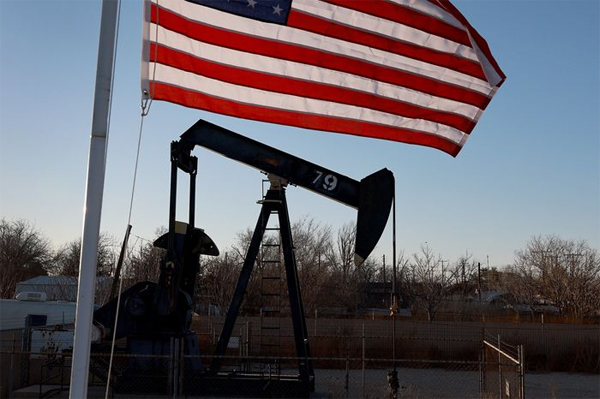
Myra P. Saefong and Williams Watts, MarketWatch
SAN FRANCISCO/NEW YORK
EnergiesNet.com 10 20 2022
Oil ended on a mixed note Thursday, with global Brent crude prices lower, but the U.S. benchmark futures contract settling higher on its expiration day, as traders weighed a report that China may ease quarantine restrictions on visitors to the country.
Price action
- West Texas Intermediate crude for November delivery CL.1, +0.19% CLX22, +0.19% rose 43 cents, or 0.5%, to end at $85.98 a barrel on the New York Mercantile Exchange on its expiration day. December WTI crude CL00, 0.01% CLZ22, 0.01%, the new front-month contract, lost a penny to settle at at $84.51 a barrel.
- December Brent crude BRN00, +0.38% BRNZ22, +0.38%, the global benchmark, declined by 3 cents, or less than 0.1%, to settle at $92.38 a barrel on ICE Futures Europe.
- Back on Nymex, November gasoline RBX22, -0.02% fell 0.2% to $2.6478 a gallon.
- December heating oil HOZ22, 0.18% dropped 3.8% to $3.7568 a gallon.
- November natural gas NGX22, -0.37% was down 1.9% at $5.358 per million British thermal units, the lowest finish since March 29, according to Dow Jones Market Data.
Market drivers
Crude-oil prices had climbed on Wednesday as data showed a drop in U.S. crude inventories, while President Joe Biden on Wednesday announced the release of a further 15 million barrels of crude from the Strategic Petroleum Reserve, the final tranche of an 180 million barrel release authorized in March.
“Given that this volume is part of the previously announced larger release, the impact on the market is minimal. This is reflected in price action with WTI settling 3.3% higher yesterday,” said Warren Patterson, head of commodities strategy at ING, in a note. “This latest release will do little to offset the impact of OPEC+ supply cuts.”
Read: Why you can’t count on another SPR oil release to cut gasoline prices at the pump
OPEC+ — made up of the Organization of the Petroleum Exporting Countries and its Russia-led allies — agreed earlier this month to cut production by 2 million barrels a day beginning in November. However, the size of the actual reduction is expected to be around half that size since several members were already producing below their quotas.
Bloomberg on Thursday reported that Chinese officials were debating whether to ease quarantine requirements for visitors to the country. China currently requires incoming visitors to quarantine for seven days in a hotel room followed by three days at home where they remain subject to monitoring and testing.
An easing of the quarantine rule would be an incremental change but it may signal the potential for a revival of economic growth. The country’s zero-COVID policy has resulted in massive lockdowns and other restrictions that have served to crimp demand for crude and energy.
“China had been expected to ramp up oil imports as it agreed to export 113 million barrels of oil products between now and the end of the year; there has, however, been little sign of increased spot purchases by the world’s second largest consumer,” said Harry Altham, an energy analyst at StoneX Group, in a note.
“By reviving an economy beset by COVID restrictions, such moves could provide a lifeline to China’s struggling airline industry,” he wrote.
Still, Michael Hewson, chief market analyst at CMC Markets UK, said that “reality is it’s unlikely to make much difference given that as the weather gets colder, COVID infection rates are only likely to increase.” That makes “this tinkering pretty much irrelevant,” he said in a market update.
Meanwhile, natural-gas futures fell to another multi-month low on Thursday, with the front-month contract ending at its lowest since late March. Prices on Wednesday at their lowest since late June.
The Energy Information Administration on Thursday said U.S. natural gas in storage rose by 111 billion cubic feet in the week ended Oct. 14. Analysts surveyed by the Wall Street Journal, on average, had looked for an injection of 102 billion cubic feet.
“Fundamental tightness, which drove U.S. natural gas prices higher this summer and left prices vulnerable to geopolitical premiums driven through Europe by Russia’s war in Ukraine, have seemingly subsided,” said Christopher Louney, commodity strategist at RBC Capital Markets, in a note dated Thursday.
“Now is a more seasonally calm period, production has grown, [liquified natural gas] outages have provided a breather, and recent storage injections have outpaced seasonal norms, pushing gas into the $5 range,” he said. “This is a bit low in our view, and we absolutely cannot write off coming winter volatility.”
marketwatch.com 10 20 2022











